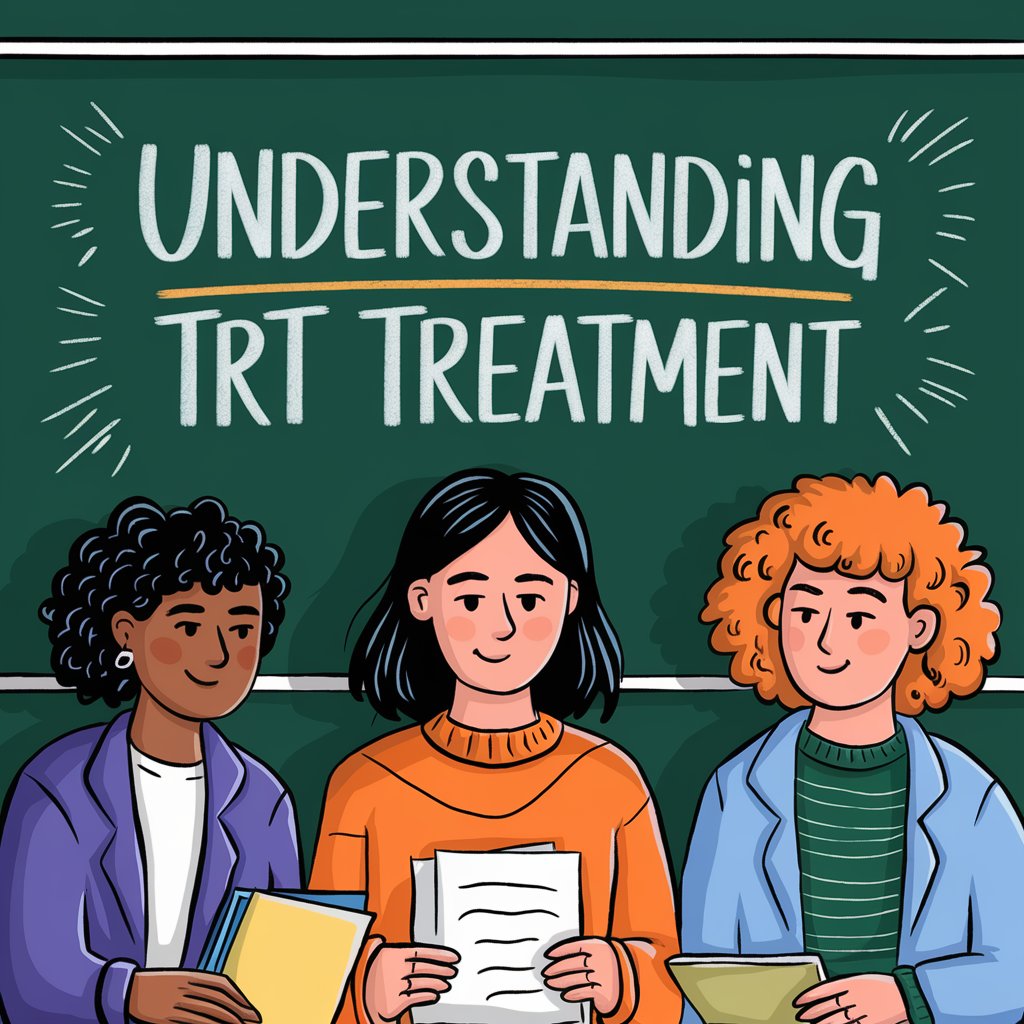Testosterone Replacement Therapy (TRT) is a medical treatment that is designed to deal with low testosterone levels in men, a condition that can lead to a range of physical, emotional, and psychological symptoms. Testosterone is an important hormone responsible for many functions in the body, including maintaining muscle mass, bone density, red blood cell production, and sexual function. As men get older, testosterone levels typically decline, leading to symptoms like fatigue, decreased libido, depression, and reduced muscle mass. TRT tries to restore testosterone levels to a healthy range, improving quality of life.
What is Testosterone Replacement Therapy (TRT)?
TRT is a treatment where testosterone, in various forms, is administered to individuals whose testosterone levels are below normal. The therapy can be delivered through injections, topical gels, patches, or pellets. The goal of TRT treatment is to alleviate symptoms caused by low testosterone and to bring testosterone levels back to a level considered within the normal range for the individual’s age and health status.
Why is TRT Needed?
As men get older, their testosterone levels naturally lower. This can start as early as the late 20s or early 30s, with a gradual decline of about 1% per year after the age of 30. However, some men experience a sharper drop in testosterone, leading to a condition called hypogonadism, where the body is unable to produce adequate testosterone. Factors such as obesity, chronic illnesses, stress, and some medications can also lead to low testosterone levels.
Symptoms of low testosterone differ and may include:
- Fatigue or decreased energy
- Reduced libido or erectile dysfunction
- Decreased muscle mass or strength
- Mood swings or depression
- Difficulty concentrating or memory problems
TRT is prescribed to alleviate these symptoms, aiming to restore physical and emotional well-being.
Forms of TRT
There are many methods of administering testosterone replacement therapy, each with its advantages and considerations:
- Testosterone Injections: These are the most common form of TRT and are typically administered every 1-2 weeks. The injections can be given in a doctor’s office or at home after proper instruction.
- Topical Gels or Creams: These are applied to the skin, normally on the shoulders or upper arms. They provide a steady release of testosterone over time and are convenient but require regular application and care to avoid skin contact with others.
- Patches: Testosterone patches are worn on the skin, releasing testosterone throughout the day. They are discreet but may cause skin irritation for some individuals.
- Testosterone Pellets: Inserted under the skin, these pellets release testosterone gradually over several months, offering a long-term solution with less maintenance.
- Oral Tablets or Buccal Patches: Less common, these forms of TRT can be an option for those who prefer a more traditional oral route, though they may have more risks related to liver function.
Benefits of TRT
When administered properly, TRT can lead to several significant benefits. These include:
- Improved energy levels: Many men report feeling more energetic and less fatigued after starting TRT.
- Enhanced mood and mental clarity: TRT can help improve mood, lessen feelings of depression, and increase cognitive function.
- Better sexual health: Increased libido and improved erectile function are common benefits of TRT.
- Increased muscle mass and strength: Testosterone is vital for muscle growth, and many men experience improvements in strength and muscle tone.
- Improved bone density: Restoring testosterone can help reduce the risk of osteoporosis and bone fractures.
Risks and Side Effects
While TRT offers many benefits, it is not without risks. Possible side effects include:
- Increased red blood cell count: This can lead to a higher risk of blood clots and cardiovascular issues.
- Sleep apnea: TRT may exacerbate existing sleep apnea.
- Prostate health concerns: There are concerns about testosterone stimulating the growth of prostate cancer, particularly in men with existing prostate issues.
- Acne and oily skin: Some men may experience skin issues when undergoing TRT.
- Mood swings: While TRT can improve mood, in some cases, it may lead to irritability or aggression.
TRT can be a good solution for men experiencing symptoms of low testosterone. However, it is essential to undergo a thorough medical evaluation before beginning treatment.






